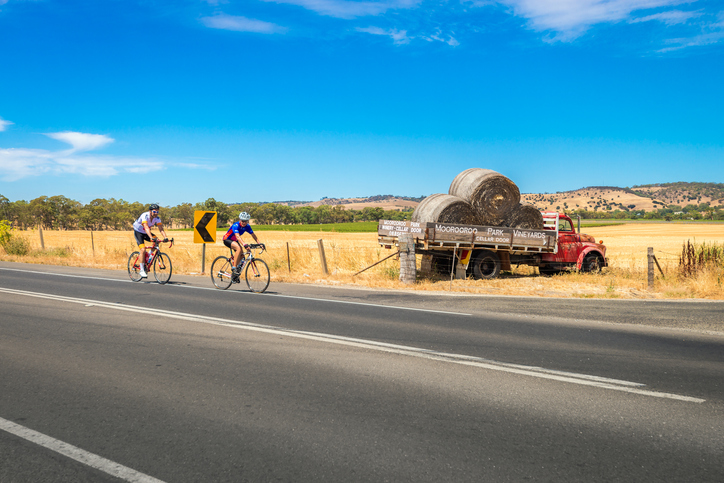International travel restrictions due to COVID-19 have forced all of us to rethink our vacation prospects, and for me this has meant researching areas within driving range of my hometown of Toronto instead of jet setting off to Europe, Asia or more ‘prestigious’ parts of North America. Of course, I always try to orient my travels around wine in whatever way possible, so this early autumn my family regrouped in Prince Edward County (PEC), a burgeoning wine region less than three hours from my home Importantly for you, there are important lessons about marketing alcoholic beverages and creating a hotel experience, no matter where in the globe you find yourself.
By burgeoning, I mean that PEC has only recently been discovered by Toronto’s sizeable yuppie and wealthy retiree communities when compared to the more established Niagara Peninsula which brought Canada to the world stage via its ice wines. The former cohort of thirtysomething travelers comes for weekend retreats while the latter is increasingly buying lots and building mansions. Both are fueling the development of boutique hotels, B&Bs and vacation rental properties as well as more conversions of corn wheats into vineyards.
The first lesson from this backstory is that if you can grow wine in Canada of all places then you can grow it just about anywhere with the right knowhow. As such, if you own or work at a rural property, be on the lookout for aspiring wineries within an hour’s drive that you can direct guests to. And also, be sure to keep a watchful eye on the affluence – both young and old – in any large feeder markets as Covid has created a huge demand for quick getaways with a sense of sophistication.
Even though PEC is still in its youth, that doesn’t mean there aren’t gems to be found. I fondly remember the pinot noir at Norman Hardie, best enjoyed while eating pizza alfresco at the vineyard, made fresh from the outdoor pizza oven in full view while the eponymous winemaker works the grape sorting machine right next to it. Then across the street you have Casa Dea which is one of the few to try its hand at a tasty Melon de Bourgogne in addition to a full slate of esteemed appassimento-style vintages reminiscent of Amarone. Further along the Taste Trial, as it’s called, is Closson Chase with a splendid array of chardonnays and a beautifully manicured garden that’s perfect for outdoor events. Fourth of note, a tour through PEC isn’t complete without a visit to Huff Estates where, beyond its cozy inn and impressive restaurant, the signature attraction is its vast outdoor sculpture exhibit.
Ambling about from winery to winery, another prominent thing you’ll notice in PEC is the large number of cyclists along the backroads. While this is a common sight for just about any wine region, what’s critical is that all the main stops now cater to this audience, with all the hotels and B&Bs in the area also following suit with services and amenities to attend to cyclists’ specific needs.
Thinking broadly about my brief description of PEC, do you notice in the above paragraphs how I didn’t cite any vintages? That’s because these aren’t the main draws to the region. The takeaway for hoteliers is that it’s not just about getting top marks in any international wine ranking; it’s about creating an experience for which the beverage is but one component. Review the four vineyards I cited; the common theme is that there’s an elevator pitch for each that is broader than one vintage in particular.
Let’s apply this to your situation, not just a winery which more often than not lacks a hotel component. Say you run a boutique resort embedded within a wine region. So what? This isn’t reason enough to command an ADR above what your comp set is charging. You will always need an x-factor in order to escape the confines of an apples-to-apples price comparison that most of your prospective customers will be doing during the travel research phase. A dearth of proper guestroom supply in PEC may mean, for the time being, that hoteliers there can rest on their laurels, but if a property wants to grow rate while posting healthy year-round occupancy figures it nonetheless has to make then promote a highly emotional driver for guests.
The beauty of this principle is that it is ubiquitous and yet it encompasses near-infinite possibilities for those hoteliers who take the time to create a USP outside from room, restaurant or spa improvements. Perhaps you create your own outdoor art walk, or, with less capex, you decide to be the king of activities available in your local territory. Even though it is an insurmountable part of the overall dining experience, an exception wine list is often not enough for a hotel to generate top-of-funnel awareness.
